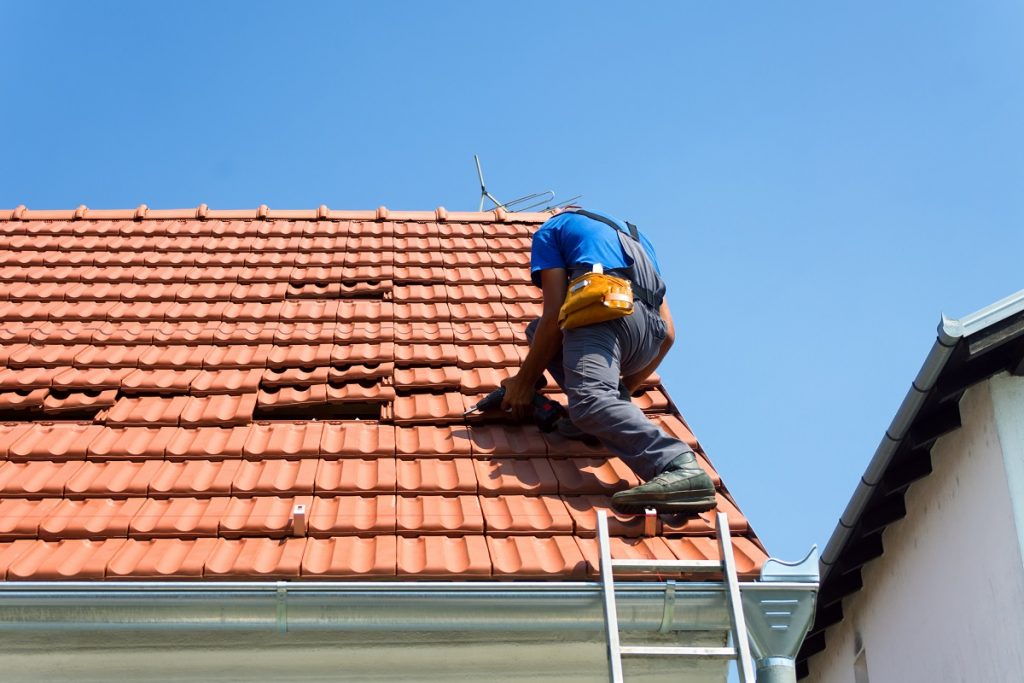It doesn’t matter if it’s caused by the weather or plumbing problems. Water is one of the most common causes of property damage. It can be particularly costly because homeowners insurance cover only selected water-related problems. With estimates ranging from $1,100 to almost $5,000, most types of water damage will likely put a dent on your budget. Save yourself valuable dollars with these handy tips:
Seal Cracks
If you spot any cracks or spalling, you might be in need of residential or commercial concrete repair. Don’t ignore it, especially before winter or the monsoon season. Rainwater can seep into the surface and damage the foundations of your property. On the other hand, snow, once it has melted, can cause moisture to form on the concrete. It can lead to an uneven and unappealing outer layer of your flooring.
Warm up Your Pipes
If you live in an area with harsh winter, check on your outdoor pipes. When frozen, they can stifle the water supply in your property. Eventually, they can also burst and lead to thousands of dollars in damages. To prevent this, you can let the water run on the lines that are served by the pipes during the coldest times of the day. Another way is to insulate the pipes in areas without heating. If you have a garage, try to limit the times you open its door. You want to minimize the pipes’ exposure to cold air.
Check Your Fire Sprinkler System
You don’t want to find out that your fire sprinkler has frozen during the time of need. You can counteract by setting your heating system to the appropriate temperature. You may be worried about your electricity bill, but you’re getting a warm house that’s both safe and comfortable in return. For an additional measure, you can hire a professional to inspect and maintain the system.

Replace Your Washing Machine’s Hose
Washing machines can flood an entire room and run up a water bill. To reduce the chances of laundry-related mishaps, pay attention to the hose. Chances are that your washing machine uses a rubber hose to expel the water. Consider replacing it with a stainless steel one. It’s much more durable and less likely to have leaks. If you can’t afford to buy one yet, check the hose and replace it every few years. They’re cheap and easy to attach, and they can save you hundreds of dollars in the long run.
Fix the Roof
To get on top of any potential water damage, go straight to the roof and check if any shingles are missing or broken. It is your first line of defense during heavy rains and snowstorms. When you’re plowing snow from the sidewalk, don’t forget to remove snow from the roof as well. You should also inspect and clean the gutter to ensure that the water is directed away from the property.
While water and snow may be unavoidable, there are preventive measures you can take to steer clear of extensive damages. Be proactive and don’t ignore small problems until they become big ones.

